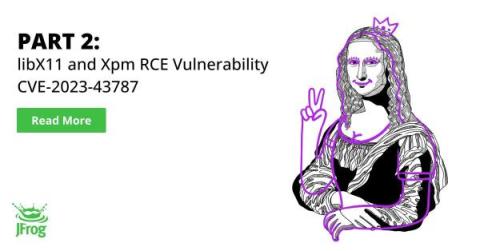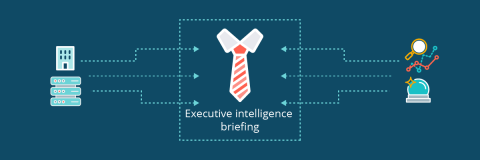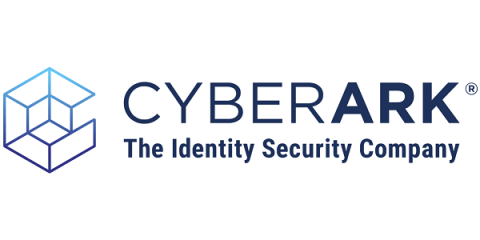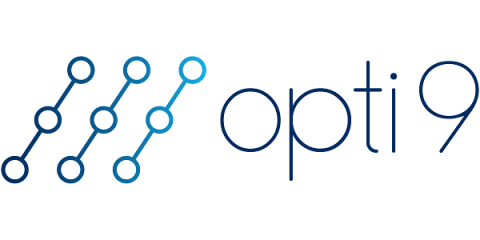How to Ensure Enterprise Data Security against Privilege Abuse: Top 8 Best Practices
A system administrator plays a prominent role in maintaining your IT operations, ensuring system performance, and keeping your organization compliant with enterprise data security requirements. System administrators have complete control over the ins and outs of your databases and, in many cases, its underlying physical infrastructure. That’s why you need to pay close attention to admins’ actions to prevent privilege abuse and preserve enterprise data privacy and integrity.











